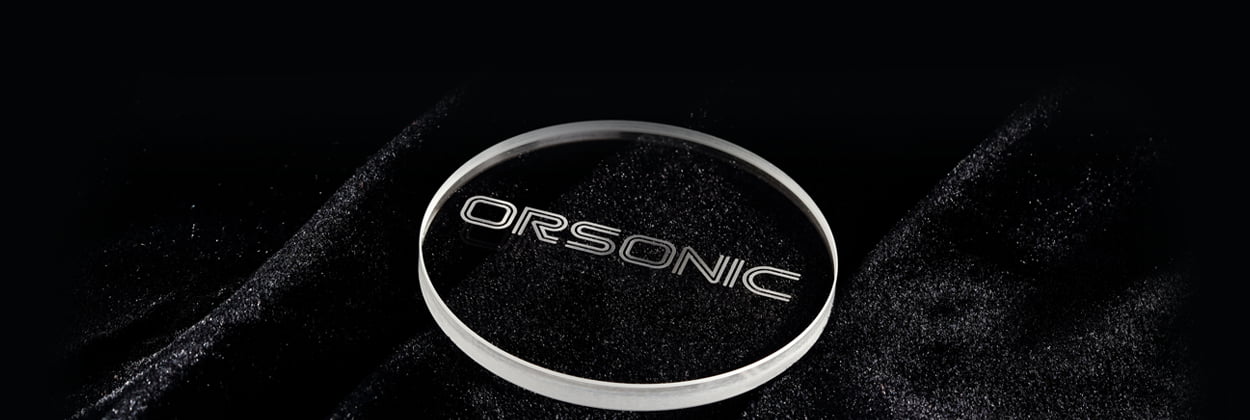For tightness in the low range, and clear mids and highs.
What are insulators?
Look up “insulator” in the dictionary and you may find examples such as nonconductive materials or ceramic bushings.
In audio, the word “insulator” refers to pads that block vibrations.
Insulators (audio isolation feet) are installed between audio equipment and its contact surface, for example between the floor and speakers. They not only reduce vibrations, but also cut low-frequency noise transmitted to the audio equipment via the floor or rack. Speakers are always vibrating when in use. If they are placed directly on the floor, the energy will travel to other audio components, muddying the sound and ruining the sound color balance. Therefore, it is essential to minimize transmission of vibrations to the floor as much as possible, and insulators play a critical role in this.
Insulators available on the market come in a variety of shapes, and are made of metal, rubber, glass, wood, brass, and other materials.
Requirements for insulators
- Must be strong enough to firmly support and stabilize the equipment.
- Must not produce any sounds of their own.
- Must effectively attenuate vibrations and improve sound quality.
Orbray's ultra-pure monocrystalline sapphire has remarkable strength and hardness. The regular crystalline structure also makes for an ideal insulator material. Our sapphire insulators tighten up the low range, provide clear mids and highs, and improve localization of the sound image in the mid to high range. For example, when listening to classical music with our insulators in place, the sound of each instrument becomes well-defined, reproducing the concert-going experience.
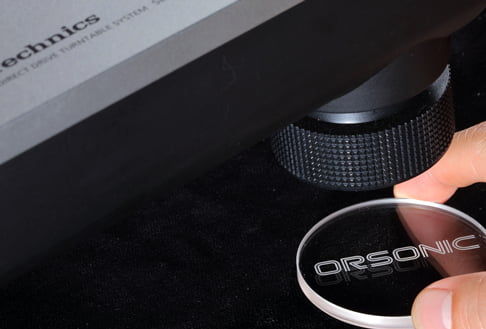
We had serious record enthusiasts try out our products.
- At first glance, it looks like glass, but the precision of the surface finish is incredible. They fit so perfectly; it is like there is an attractive force holding them together.
- The ambiance of the silent parts has changed.
- You can actually space the space inside of the recording studio!
- The clearness of the sound is amazing.
For more detail, please check STEREO DECEMBER,2020 (JAPANESE), Audio Accessory SPRING 2021 vol. 180 (JAPANESE), Analog SPRING 2021 Vol. 71 (JAPANESE)
An alternative to turntable sheets
For a different usage, the insulators can also be used in place of turntable sheets. Place 3 or 4 sapphire insulators evenly on the turntable, and the record on top of them. The sapphire will dampen vibrations and noise coming from the platter, and also add a sound quality you can only get from sapphire. Tune it as you wish and enjoy creating your own sound.
3-point vs 4-point insulator placement and vertex location
Our insulators are available in sets of 3 or 4.
Sound characteristics differ between 3-point and 4-point insulator setups.
Please choose the setup that best meets your needs.
The most frequent question regarding insulators is whether to use a 3-point or a 4-point setup. Generally, we recommend using a 3-point setup, with the weight of the component equally distributed across the 3 insulators, keeping the center of gravity secure, and the sound stable. However, if the center of gravity of your component is significantly biased due to the location of the power transformer (such as in an amplifier), a 4-point support may be more stable.
When using 3 insulators to support and isolate an audio component, you must decide where to put the vertices of the insulator triangle. For speakers, if two insulators are placed at the front and one in the back, the sound field tends to expand to the left and right, while one at the front and two at the back increases the sound field depth towards the front and back. The former setup (two at the front, one at the back) is the most common, and provides great stability. For amplifiers, CD players, and other components that have power transformers, the two insulators should be placed on the side with the transformer to support and counteract the weight. If the location of the transformer is not known, it is best to place the two insulators on the side of the component that's heaviest. For safety, a 4-point setup is recommended for large speakers and other components that would benefit from 4-point support. We recommend trying various layouts and finding the arrangement that works best.
Craftsman's voice
The insulator must make good contact with the audio equipment and the installation surface, supporting both sides. Therefore, the surface of the insulator must be as flat as possible. We have expertise in ultra-flat polishing technology used for optical sapphire lenses, which can achieve flatness of less than 1λ. By applying this technology, we are able to create insulators that effectively support both surfaces.
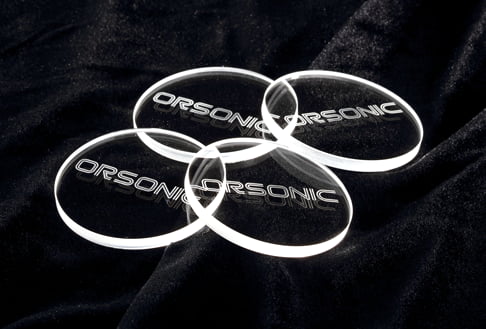
How to use insulators
Insulators are placed between the feet of each audio component and the contact surface.
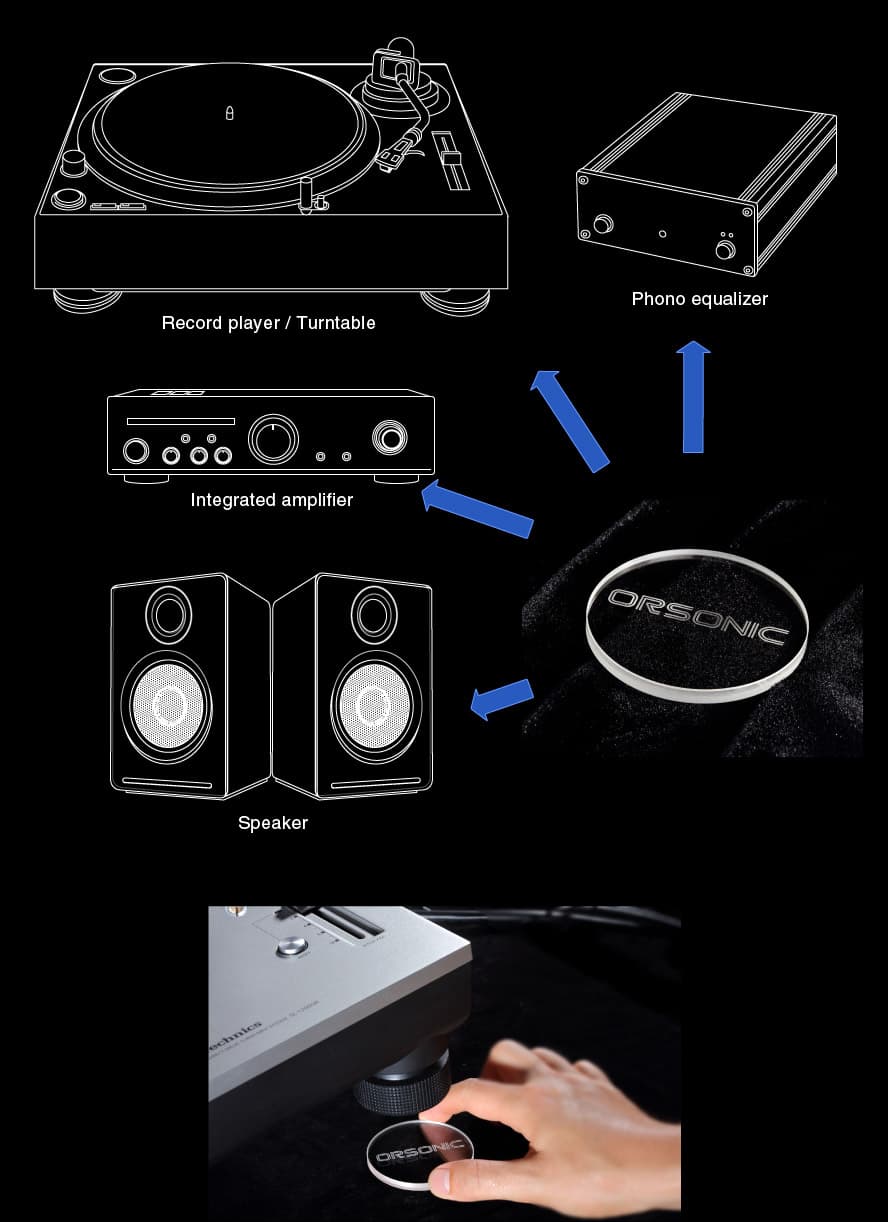
Product Information
- Brand
- : ORSONIC
- Product Name
- : Insulator
- Model No.
- : OS-301 (set of 4 pieces)
: OS-302 (set of 3 pieces)
Made in Japan
Specification
- Material
- : Single crystal sapphire
- Size
- : Diameter 60mm, Thickness 5mm
- Weight
- : 56g / piece
- Load capacity
- : 50kg / piece
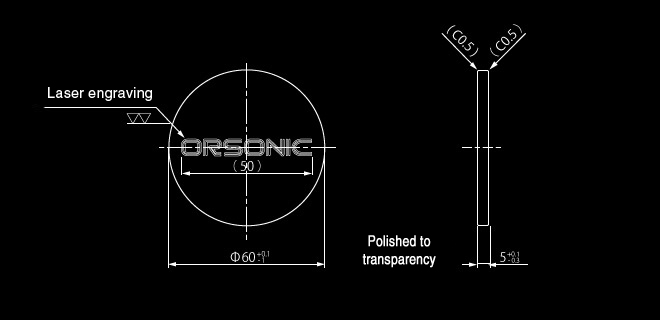
Handling precautions
- Strong, sudden impacts may chip or damage the stabilizer.
- Damage to the stabilizer under any usage conditions is not covered by the warranty.
- Keep out of reach of children to avoid accidental ingestion or other injury.
Purchase
ORSONIC Insulator
OS-301(set of 4 pieces)
USD1000
OS-302(set of 3 pieces)
USD800
International shipping: USD65 (tax and customs/duty not included)
- For current availability of products, please email us.
- For shipping and returns, please refer to the Act on Specified Commercial Transactions
